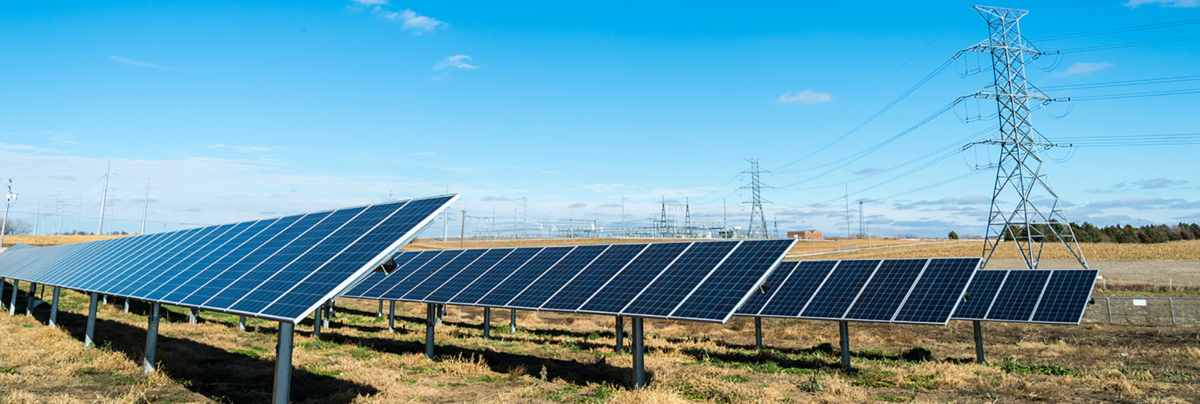Given a number of “widespread” grid disturbances in the U.S. since 2016 related to large-scale solar, wind and battery storage projects, comprehensive interconnection and reliability standards are needed for these inverter-based resources, says a brief for decisionmakers published by the Energy Systems Integration Group (ESIG).
To that end, a large body of industry experts from utilities, transmission grid operators, transmission planners and manufacturers developed a standard for such resources in 2022, reports the brief, titled “IBR Interconnection Requirements: Status and Needs.”
The industry standard is known as IEEE 2800-2022, reflecting the role of the global body IEEE in shepherding its development.
Adoption of the standard across the U.S., and even globally, could help to ensure efficiency and lower costs for equipment manufacturing and grid integration of inverter-based resources, ESIG’s brief says.
The standard provides “a harmonized set of technical minimum interconnection capability and performance requirements that ‘raise the bar’ to make power systems with high shares of inverter-based resources more reliable,” while “leaving space” for entities adopting the standard to establish requirements beyond those in the standard, if needed.
But the standard is not enforceable in an area until it is adopted by an entity responsible for administering the interconnection process and requirements in that area.
Some transmission grid operators and transmission providers in the U.S., the ESIG brief says, have recognized “the comprehensiveness of the standard and its ability to address systemic issues” reported in studies of disturbance events, and have “started on the path of using IEEE 2800-2022.”
The brief’s authors categorized the adoption approaches used by these entities into four different adoption strategies, and noted the pros and cons of each.
Only one of the approaches is characterized as free of disadvantages. That “hybrid integration” approach “strikes a balance between effectiveness and ease of adoption,” the brief says. Entities that have taken that approach include the New York State Reliability Council, the Midcontinent Independent System Operator (MISO), Southern Company, and the Electric Reliability Council of Texas (ERCOT).
A regulatory body may also adopt and implement IEEE 2800-2022.
The North American Electric Reliability Corporation is expected to file “the first batch” of new NERC reliability standards for inverter-based resources in November, the brief says, following an order issued last October by the Federal Energy Regulatory Commission.
Yet recent NERC balloting of the draft reliability standards, the brief says, has shown “historically low acceptance rates in early ballots, indicating a need for greater industry participation.”
ESIG’s brief concludes with a “call to action,” saying that the rapid pace of the energy transition calls for “proactive steps to mitigate risks”. Adopting voluntary technical standards “plays a major role in this process” as it helps to inform policies, regulatory rulemaking, and business decisions, and helps streamline and expedite the interconnection process for new solar, wind and storage resources.
The brief’s three authors are Julia Matevosyan, associate director and chief engineer at ESIG, Ryan Quint, founder and CEO of Elevate Energy Consulting, and Jens Boemer, technical executive with the Electric Power Research Institute.
This content is protected by copyright and may not be reused. If you want to cooperate with us and would like to reuse some of our content, please contact: editors@pv-magazine.com.








By submitting this form you agree to pv magazine using your data for the purposes of publishing your comment.
Your personal data will only be disclosed or otherwise transmitted to third parties for the purposes of spam filtering or if this is necessary for technical maintenance of the website. Any other transfer to third parties will not take place unless this is justified on the basis of applicable data protection regulations or if pv magazine is legally obliged to do so.
You may revoke this consent at any time with effect for the future, in which case your personal data will be deleted immediately. Otherwise, your data will be deleted if pv magazine has processed your request or the purpose of data storage is fulfilled.
Further information on data privacy can be found in our Data Protection Policy.